Damp, mould and condensation
Damp and mould can affect any home. If left untreated, it can damage your home, your belongings and even your health. That's why we take damp and mould seriously.
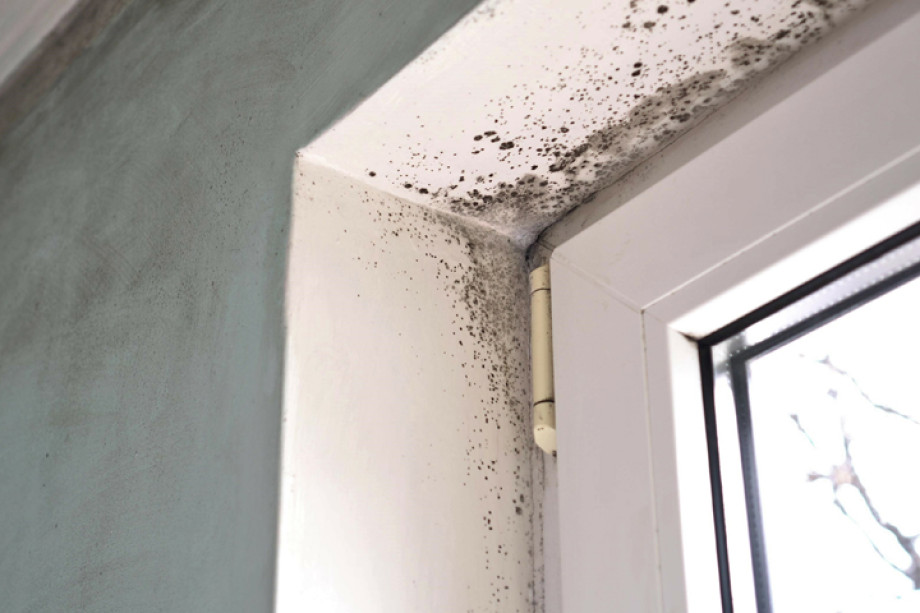
On this page you will find out about
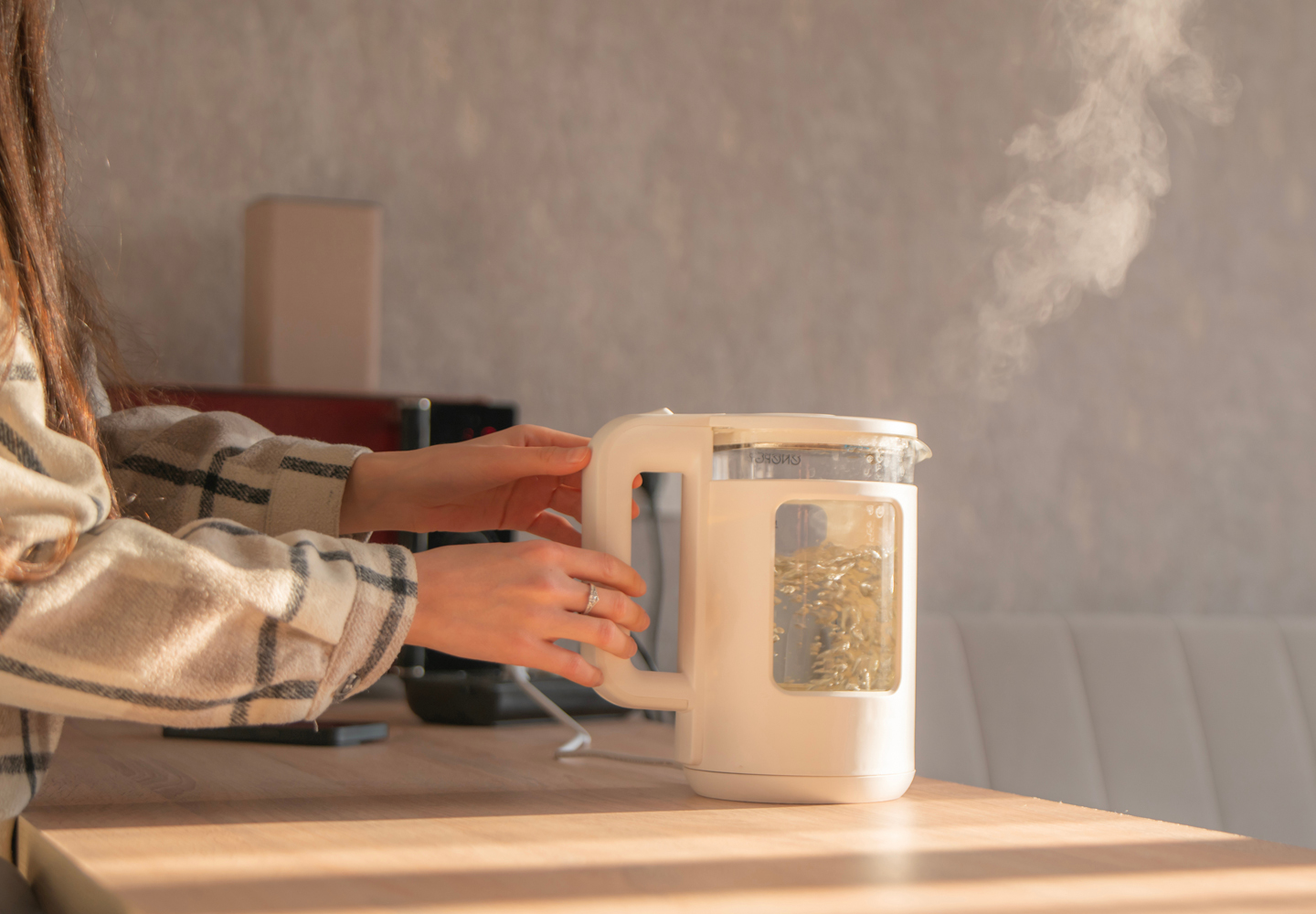
Why damp or mould appears
Damp and mould are usually caused when there’s too much moisture in the air. If the moisture can’t escape, it can lead to damp or mould. Sometimes, damp or mould is preventable. But it can be something else that is causing damp or mould.
Every day things, like boiling a kettle, cooking on the hob, drying clothes indoors or taking a shower, create moisture in your home. You might see moisture droplets, known as condensation, on your windows in the morning or after you’ve had a bath. This is pretty normal, especially during the winter. Condensation can cause damp or mould, but it’s not the only cause.
There are steps you can take to prevent damp and mould from appearing in your home. If it’s not condensation but something else causing damp or mould in your home, we need to investigate so we can put it right.
First things first, you need to let us know about it.

How to report damp or mould
Call our Customer Hub
Monday to Friday: 8am to 8pm, Saturday: 8am to 12 noon
Our Customer Hub will ask you questions to assess the severity of mould and damp in your home. They will log your damp and mould report based on the severity of the mould or damp.
We have created a guide to give you an idea of the type of information we will need to know to get your damp and mould sorted.
You will find out how we manage damp and mould in the section: What happens when you report damp and mould to us.
What to tell us about when you report damp or mould
We have put together a guide to help you report damp and mould, so we can help you in the best way and get the damp or mould in your home sorted.
If you can, please take photos of the damp or mould.
- Are there rotting or damaged skirting boards?
- Can you see patches of discoloured paint?
- Is there a damp, musty smell?
- Are the walls, or wallpaper on your wall, cold to touch?
- Can you see a mould patch or patches?
- How big is the mould patch or patches?
- What colour is the mould?
- Black
- Green
- Blue
- Red?
Tell us:
- Which room or rooms are affected by the damp and/or mould.
- Whereabouts in the room(s)?
- For example, is it on your walls or ceilings?
- Is the mould around the windows?
- Is the mould around the bath?
If there is damp or mould in a child's bedroom, are they under or over the age of 14?
We need to know so we can understand if your home is overcrowded or not.
Let us know if anyone living with you in your home:
- Is under the age of 16
- Has any disabilities
- Is someone you would consider vulnerable.

What happens when you report damp or mould to us
You report damp or mould for the first time by calling the Customer Hub.
Refer to our hints and tips guide, so you can give as much information as possible. This helps our Customer Hub work out the most appropriate solution to fix your damp or mould issue. This could be when we visit you to look at the damp or mould issue and the type of work we need to do.
If we assess your case as an emergency of severe mould, we will visit your home within 24 hours to remove the risk.
In some cases, we will arrange to visit your home within five working days of your damp or mould report to our Customer Hub.
If the mould is very mild and none of your household members are vulnerable, we may ask you to remove the mould yourself. You will find information about how to do this on this page.
If we need to survey your home to find out what is causing damp or mould, we will do this within 10 working days of your first damp or mould report to our Customer Hub.
If we find a defect causing the damp or mould in your home after an emergency repair, we will start this work within five working days, where possible.
We will complete any non-urgent defects within 20 days where possible.
We will agree on all appointments with you.
If we identify any improvement works during a surveyor's visit, such as additional ventilation, we will discuss these with you. We will write, email or call you to let you know the timescales.

What is damp?
Damp is when water gets into your home through the brickwork or other areas of your home from the outside. For example, through the roof. Damp usually happens when:
- There is a leak in the pipes, waste pipes or drains
- There is damage to the roof tiles, guttering or around the windows, and rain can get into your home
- The brickwork is old or damaged.
An early sign of damp might be a musty smell. Other signs of damp to look for are:
- Dark or discoloured patches on the wall or plaster
- ‘Blistering’ of plaster or signs of 'salting’
- Mildew or mould growth on the wall, floor or ceiling
- The area feels damp to the touch
- Rotting woodwork, for example, floorboards or skirting boards.
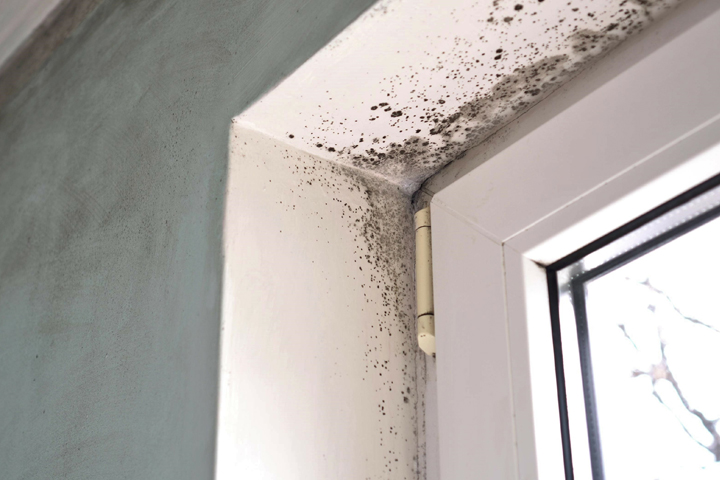
What is mould?
Mould is a part of the fungi family, including yeast and mushrooms. Individually, it is tiny and grows in clusters in moist and damp areas where there is a lack of air. There are so many types of mould that scientists don't know the exact figure. But they believe there are over 100,000 different varieties.
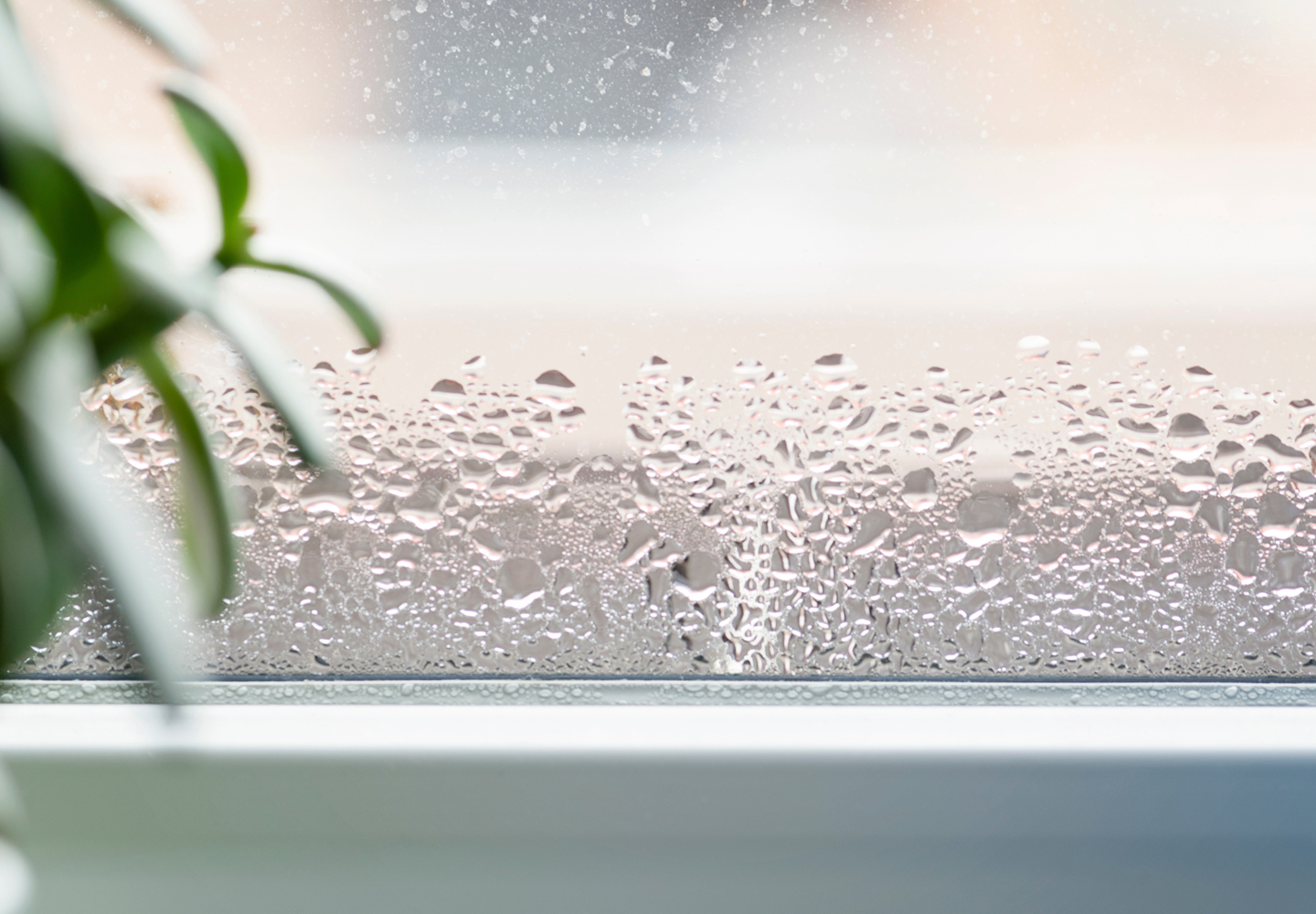
What is condensation?
Condensation is the little droplets of water that you see on your windows on a cold morning or the mist on mirrors or cold surfaces such as tiles or walls when you have a bath or shower.
Daily activities like cooking, showering and drying clothes indoors add moisture to the air.
Cold air can’t absorb as much moisture as warm air. That’s why things like damp and mould are more common in the winter months.
Did you know the average family creates 100 litres of moisture a week? That’s the same as 175 (pint) bottles of milk
Tips to reduce condensation in your home

Keeping your home warm
If your home is warm, then there’ll be fewer cold places for wet air to settle and turn into water droplets.
If your home is very cold, the moisture in the air turns to water droplets on colder surfaces, creating condensation. This can cause damp and mould
The Energy Saving Trust recommends setting your central heating thermostat to at least 18°C. A low heat running evenly through the day will help tackle mould, even if you don’t heat every room daily.
If you’re struggling to heat your home or are concerned your heating isn’t working properly, please get in touch with us.

Drying washing
Try to dry your laundry outside, if possible.
If you dry your washing indoors, place it in a room with the windows open and the door closed.
Don’t dry your washing over radiators, as it increases condensation. It also stops warm air from circulating around your home. You can use a clothes airer near a radiator, but it needs plenty of space for warm air to circulate. Again, you need to make sure you open your windows to allow the moist air to escape.

Taking a bath or shower
Run the cold water first, then add the hot water to reduce the amount of steam produced.
Open a window or use the extractor fan if you have one.

Cooking
When you’re using your hob, keep pots and pans covered. It helps prevent too much moisture going into the air.
Use the cooker extractor if you have one, or open the kitchen window.

Using an extractor fan
If you have one, keep your bathroom extractor fans switched on at the wall on all the time. When you take a bath or shower, make sure your bathroom extractor fan is running, and your windows are closed. Most bathroom extractor fans in our homes run on timers, so you can leave them running after a shower and they will turn off automatically.
Turn on your cooker’s extractor fan when you cook. Let the extractor fan run for 15 minutes after you have finished cooking to get rid of any steam.

Trickle vents
Trickle vents can be part of window frames and door frames to allow a 'trickle-feed' of constant air from the outside into your home.
Keep your trickle vents open and clear of any obstructions.

Windows
If you don’t have an extractor fan fitted, the Energy Saving Trust recommends opening a window while showering, having a bath or cooking. Then, leave it open for at least 15 minutes afterwards.
Again, if you don’t have a cooker extractor, open your kitchen window while you’re cooking. Leave it open for 15 minutes after you have finished cooking.
Opening your windows a couple of times a day can help keep your home ventilated.
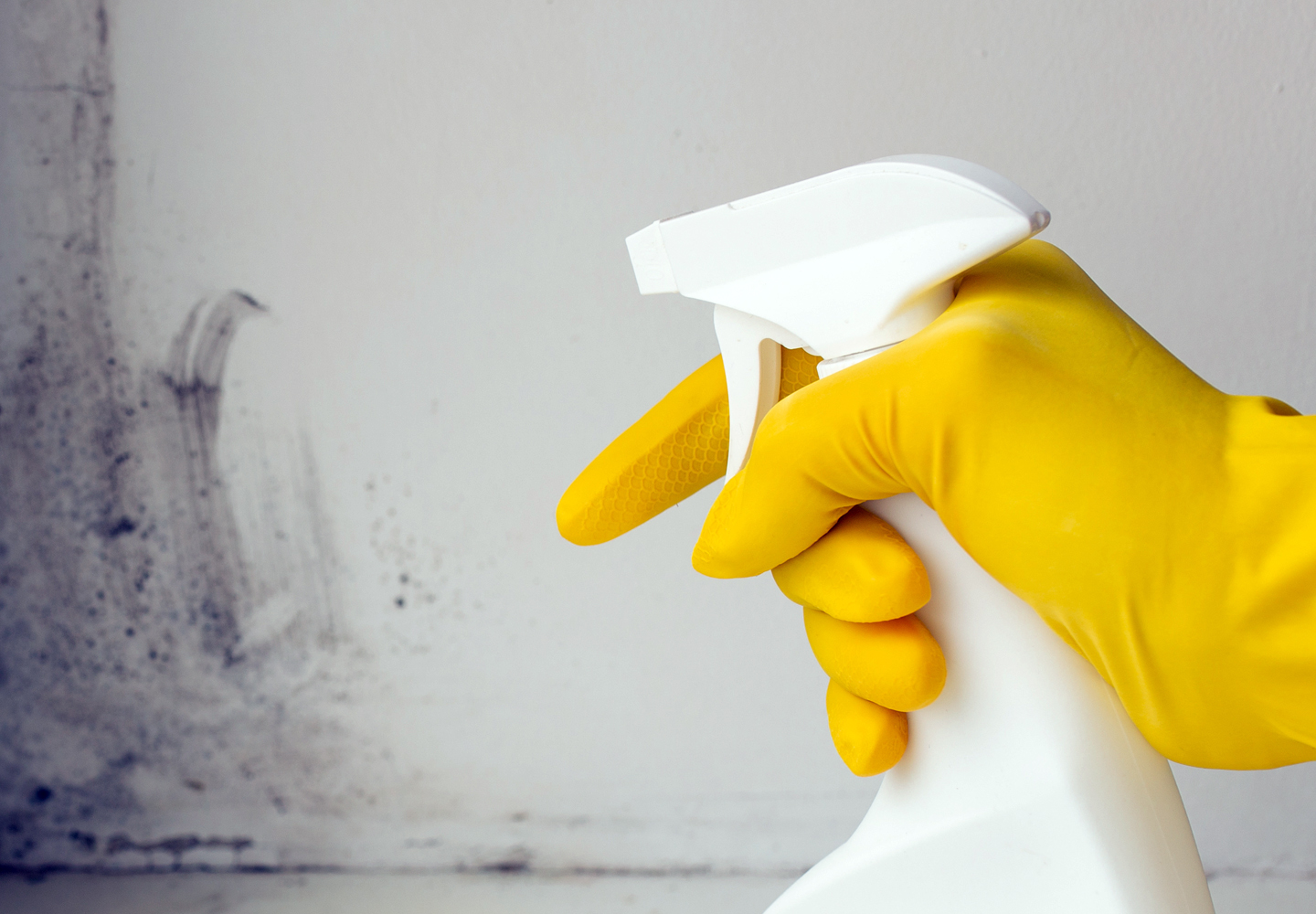
Tips to clean mould away
If you have very mild mould building up, for example, around a window, you can clear it away. Here are some tips:
- Use an antifungal cleaner or a product that’s designed to kill mould (remember to follow the product’s instructions).
- Wear gloves and a mask when you are clearing away the mould. Don’t touch the mould directly.
- Wear any other protective equipment recommended by the product manufacturer.
- Wipe away the mould with a damp disposable cloth so you don’t spread the mould.
- You should throw away the cloth after you have wiped away the mould.
- Make sure the room is well ventilated by using extractor fans or opening the windows while you’re cleaning.
- Keep doors to the other rooms in your home closed. This helps prevent the mould spores from spreading to other parts of your home.
If you are unable to do this yourself, let us know, and we can arrange to have this done for you.
If you are worried about damp or mould in your home, please get in touch with us.
Why it is important to deal with damp or mould quickly
Living in a home with damp or mould can lead to serious problems for you, the people living with you and your home. Damp and mould can affect the airways and lungs, but they can also affect the eyes and skin. The effects of damp and mould can lead to serious illness and even death, as in the tragic case of Awaab Ishak.
You can find more information about the health risks associated with damp and mould on the government’s website.
There are things you can do to clean mould away and prevent condensation from building up and causing damp or mould. You will find more information on the webpage above.
If you find damp or mould in your Torus home, please report it to us as soon as you can so we can address it quickly.
'Awaab's Law' is named after the tragic death of two-year-old Awaab Ishak. He died because of a severe respiratory condition after prolonged exposure to mould in his home. Despite repeated complaints of damp and mould by Awaab's parents to their social landlord over the three years before Awaab's death, the landlord did not treat the mould.
Under the regulations, as a social landlord, we must act promptly within a specific time to address health and safety hazards in our properties. This includes damp and mould. This means we must investigate hazards, such as damp and mould, within 24 hours of you reporting them. We then must make the necessary repairs to your home as soon as reasonably practicable. We must assess if you have any vulnerabilities. If we can't remove the hazard or complete the works, we must place you in temporary accommodation.

Appointments for damp or mould visits
When you report damp and mould to us, we may arrange a visit to your home to inspect the problem and work out a solution.
We may need more visits to carry out work such as anti-fungal washes, which kill and inhibit mould growth, or to remove the cause of damp or mould in your home.
We will discuss the available dates and times of these appointments with you. If you book an appointment, you must be home to let us in so we can assess what work needs to be done or do the necessary work to remove the damp or mould in your home.
You must let us know if your appointment isn’t convenient. We will work with you to rebook for a time that suits you better.
You can rebook your appointment by contacting the Torus Customer Hub:
Monday to Friday: 8am to 8pm, Saturday: 8am to 12 noon.
We will do our best to work with you if special circumstances affect access to your home and provide support if you need it.
Your cooperation in allowing access is important so we can get the damp or mould problems sorted as quickly as possible. Letting us in to carry out necessary work is a condition of your tenancy agreement.